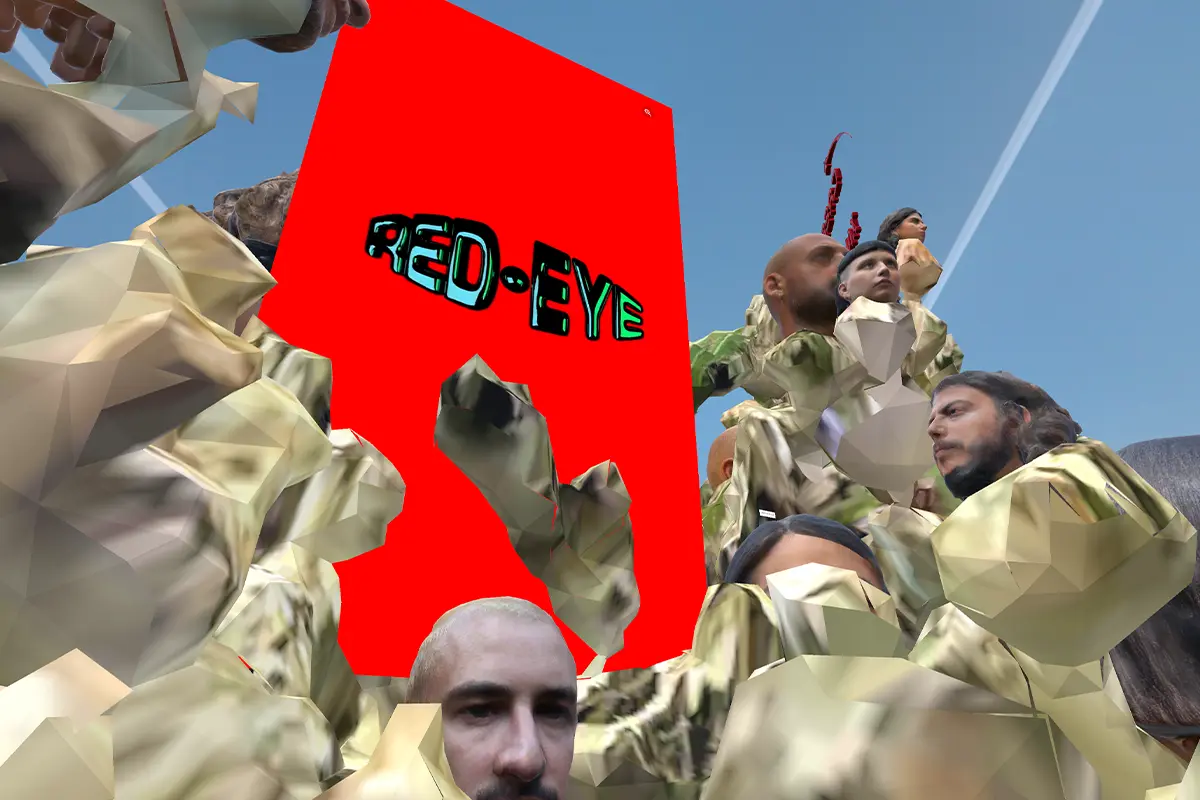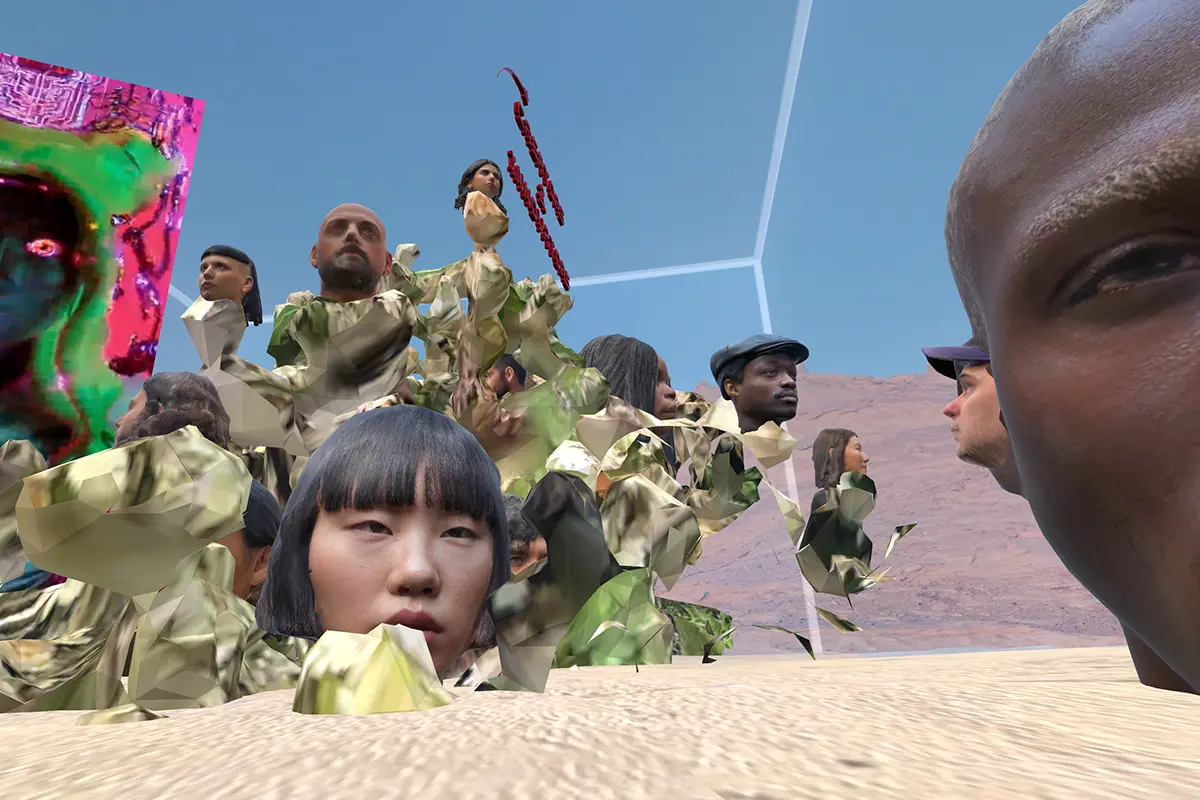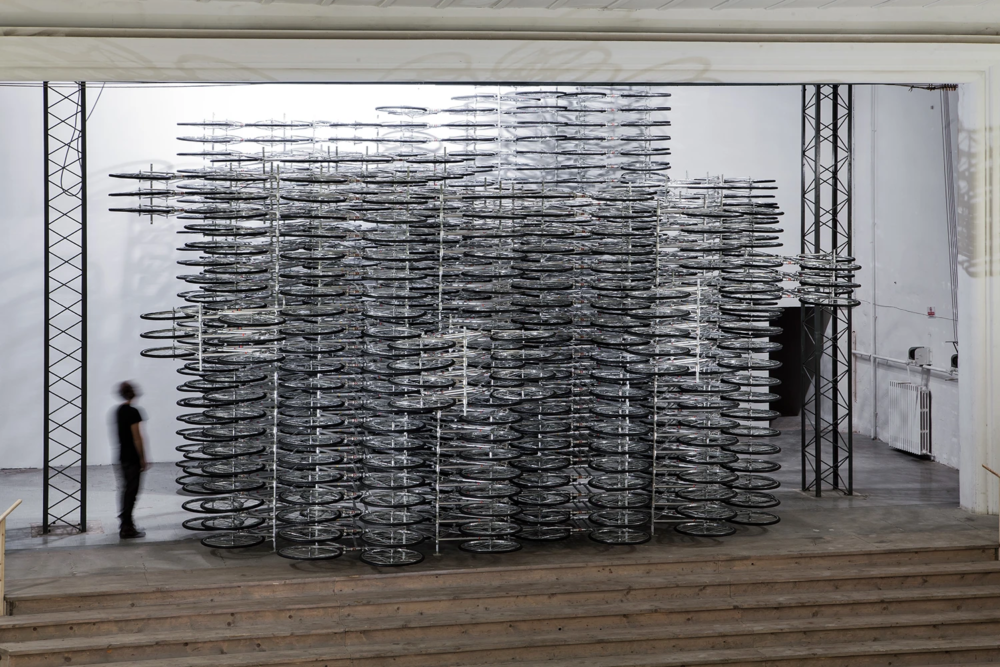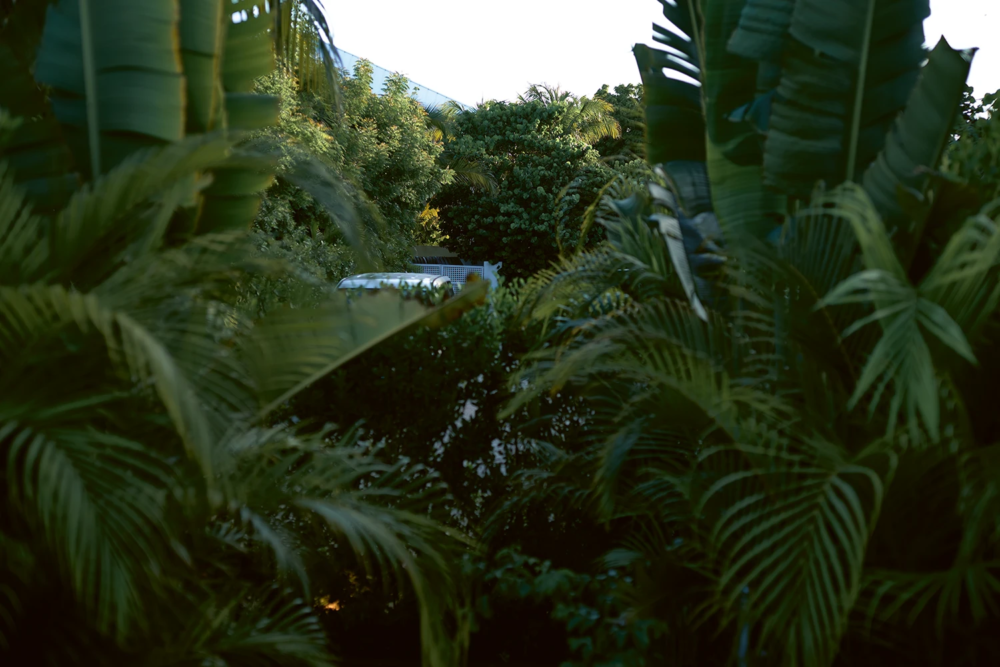
How publishing is evolving in the metaverse: the Red Eye metazine case
«Living, Seeing, Dreaming. Toward the Metaverse and Back». Red Eye, first magazine in the metaverse, tells about the possibilities of exploration through the web
Red Eye metazine – the magazine as a platform
Of his experience as a publisher Gianluca Reina, CEO of RED-EYE, tells how in the beginning in publishing, in particular that of fashion, hybridization of content by approaching design or art too was crucial.
At a later stage, he recalls, the magazine as a platform became a pretext for creating brand-related live activities. The labels themselves were and still are seeking the possibility of developing into a unique engagement experience with the client.
The customer-centric approach then made it essential to create such experiences often within the store itself, and again hybridization with art, interiors, or nightlife provided a starting point, Reina explains. After several experiences, the need to explore the Metaverse in publishing emerged, and through the collaboration with Gloria Maria Cappelletti, editorial director, RED-EYE was born.
«Telling narratives from an editorial point of view in the metaverse has not yet been done by anyone», she says. Underlying the conception is a three-dimensional view of space, which is then where the structure of the metazine goes. .
An anti-gravity space to be installed
That is how the editor in chief, who has been involved in installing physical spaces in the past, defines the metazine, which she likens to this idea of editorial three-dimensionality. Visiting the magazine through the visors, it becomes clear how the content appears to be on display. The experience of the individual content also varies as one can enter images, and videos.
Cappelletti continues, the forecasts already predicted the gaming trend even though it was little understood in the fashion field. «Of course it was the modes, platforms and technology used by gaming companies that could be interesting for translation into a fashion communication context», she concludes.
After gaming another form of experimentation comes from the metaverse, which is an unexplored place and is just beginning to be studied in its possible declinations. In fact, the editor in chief points out, the metaverse is indefinable because it is a constant movement of technological development and is combined with a desire for collective connection.
The need for aggregation and the demand for a community
The metaverse has this ability to aggregate and connect different personalities active most of all in the creative sphere. Identity scouting, narrative and storytelling are explored in this perspective by RED-EYE. The main goal, Cappelletti reiterates, is to experience the aesthetic evolutions of individuals through the union of creatives in a community.
The focus then is meanwhile on creating this sort of collective that becomes a space for sharing. The contact between the different creatives, who are users but also makers, is not established on a physical basis but through aggregation events organized within the same metazine.
Meeting moments are an essential element of this publishing form, unlike others. And in the future, comments the editor in chief, it is hoped to organize physical collective events with global partners.
Publishing’s need for exploration
Now would seem to be the time to be able to explore an additional touchpoint with the reader, going beyond the now classic website or social platforms. Cappelletti explains the further possibilities offered by the metaverse saying, «The metazine explodes the possibility of a three-dimensional experience that website and social platforms do not allow, being precisely declined on two-dimensional digital interfaces».
RED-EYE also makes use of these channels that have now become commonplace, but it does so with a view to bringing the community closer to the new experiential modes offered by the Metaverse, the editor in chief points out. The possibilities offered by this kind of approach to publishing also allows for the expansion of creative language with a focus on the dynamics of digital fashion.
The aim, Cappelletti reiterates, is to intercept new creators and designers who are working on new modes of identity, along with the opportunity to deepen and clarify the cryptocurrency and NFT segment.

The shift in the content creation
What differs most are the methods of content creation, which vary according to the variability of the algorithm. Among the programs used for RED-EYE is Midjourney, which allows the creation through artificial intelligence of images and text. The RADAR newsletter also represents a further approach to co-creation with artificial intelligence that nonetheless relies on speech, Cappelletti explains.
Both texts and images and videos still start from the use of words. It is not necessary to know specially designed codes, but to study the program and use the common language in order to co-create with AI. The peculiar aspect is the possibility to access through a word, which indicates as the beginning of the creation path, a series of productive possibilities that are then manipulated by the human being.
In fact, the editor in chief reiterates how in every case it is impossible to idealize a completely machine-made content creation because the contribution of the person is necessary to make it usable and understandable.
How co-creation with AI works in practice
«The relationship we can establish with an AI is never sensory but is through speech. By forms you define if you want to create a text and you work with an AI algorithm that wants to come up with a text description», Cappelletti explains. It starts by analyzing topics that may be of interest to the community in order to create insights.
The input the program receives is to enter a set of keywords related to the relevant subject in question. Between three and five minutes, the program suggests a thousand words and a series of search links. The peculiar aspect, the editor in chief points out, is that with this quest one has the ability to step outside his or her bubble of influence and consult articles as far from the usual searches as possible.
In contrast to what happens when, for example, one looks for content on Google, which tends to be closer to the previous pages consulted and the usual context. The text still needs to be edited because it may turn out with spelling errors or inconsistent and nonlinear in some parts. In the same way image creation functions, pictures come up from the keywords and a number of different prompts are set up to edit them.
The experience of fruition
The dreamlike element that defines the metaverse, Cappelletti continues, allows a mutation of vision on the part of the perceiver. The experience, which by now through scrolling is no longer aimed at emotional discovery changes. The anticipation of entry into a parallel world through the viewers and a void to be explored is transformed into awe.
It is difficult to marvel at a piece of content that comes to the viewer along with an endless series of just as many similar ones. One can evaluate its quality, its beauty, but according to Cappelletti, metazine gives one the chance to rediscover the excitement of being thrilled by editorial content.
The creation of RED-EYE virtual space was done by the physical scanning on Spatial of places that exist in nature. The rendering is the encounter between the content totems and these areas present in the environment, both of which are to be explored.
RED-EYE, the manifesto
What we decided at the beginning was to explore this world through the creation of a fashion magazine, Reina says, above all because of its ability to cross-fertilize and contaminate with other fields. The magazine is structured on different platforms, and the most comprehensive one is provided by the online version of the website.
Even here, however, the fruition takes place in 3D, with the idea of entering inside a content. «We depart on a RED-EYE, across uncertain darkness and arrive in the morning greeted by the blinding sun», this is the sentence that opens the magazine’s manifesto.
The meaning of the name RED-EYE is to be found in the comparison to night flight, departing from the night and arriving at dawn. An essential part of this process is the new generation of creatives who «contribute to its value of freedom, inclusivity and envision an interoperable web of worlds», the manifesto states.
Lampoon reporting: the publishing metaverse
Cappelletti traces the history of the evolution of the image within publishing, in particular fashion publishing. At first there was analog photography in which the single actor and creator was the photographer.
Later, with digital photography, a team began to be created and coordinated on the set.
Further evolution was the use of moving images with fashion films that allowed studios to be opened up to the public and let them explore behind the scene. At this point, brands are creating their own narrative with a view to storytelling and targeting a broad audience that goes beyond insiders.
This has always been developed in 2D, but now for the first time the metaverse allows it to expand and be enjoyed in 3D. By entering the RED-EYE metazine, avatars are able to experience this contents positioned as if embedded between natural scans.
The added value is to also be able to meet people within this environment and have an immersive viewing experience within the algorithm. Physical reaction precedes thought in this exploration, Cappelletti adds, body memory becomes a stronger component of cognitive action.
RED-EYE
The first magazine created in the metaverse. Launched in September 2022 under the creative direction of Gloria Maria Cappelletti it deals with the hybridization of the fashion world with art, digital, design, innovation.







